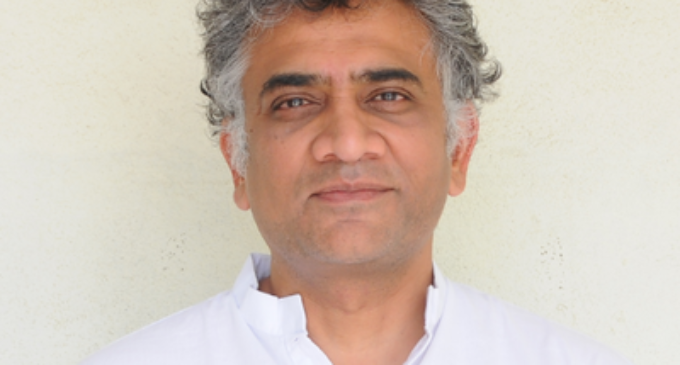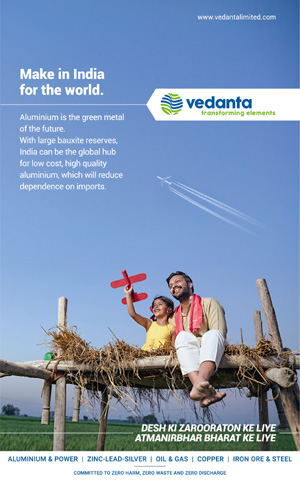Are India, US In Military Pact? It’s Not Quite Clear

Aakar Patel
Is India in a military and strategic alliance with the United States or is it not? No one seems to be able to give a clear answer to this question.
In January this year, the United States declassified a 2018 document that says its national security challenge is “to maintain US strategic primacy… while preventing China from establishing new, illiberal spheres of influence”.
It lays out the case of how China’s rise will radically change the region and challenge American influence globally, and concludes that “a strong India, in cooperation with like-minded countries, would act as a counter-balance to China”.
To this end, the “desired end state” the US sought was to be “India’s preferred partner on security issues”, and that “the two cooperate to preserve maritime security and counter China’s influence”. As part of this, the Americans would also have as an objective the creation of a Quadrilateral (“Quad”) framework that would pull in the navies of India, Japan, Australia and the US as the “principal hubs” ranged against Chinese influence. Over a couple of pages, the US lays out the plan of how it will make India a “major defence partner” and how “a strong Indian military (would) effectively collaborate with the United States”.
The document lays out also what is intended to be done with China: prevent it from “harming US competitiveness” and “prevent China’s acquisition of military and strategic capabilities”.
The zone of the Quad’s operations, the so-called “Indo-Pacific”, is centred around the Strait of Malacca, a narrow passage linking the Indian Ocean with the Pacific, between Malaysia and Indonesia through which the bulk of China’s imports and exports flow. The dependence of China on this passage has led China to consider the “Malacca Dilemma” and is behind the Belt and Road Initiative, opening up alternative routes.
So why was India signing up for this alliance to thwart China? That is not clear. With no discussion in Parliament, with no interviews to the media and no press conferences, with no reference to this in his manifestos, Prime Minister Narendra Modi began drifting India into a strategic partnership and military alliance with the United States. In February 2020, during US President Donald Trump’s visit to India and just some weeks before the Ladakh crisis began, Mr Modi committed India to this agreement, essentially ranged against China.
On October 27, 2020, during the visit of then US secretary of state Mike Pompeo, India signed the Basic Exchange and Cooperation Agreement (BECA). It would help India access American intelligence to improve the accuracy of the Indian Army’s missiles and armed drones. This heralded Air Force-to-Air Force cooperation.
The second agreement signed was the Logistics Exchange Memorandum of Agreement (LEMOA). It allows the two nations’ militaries to replenish from each other’s bases, and access supplies, spare parts and services from each other’s land facilities, airbases and ports, which could then be reimbursed. LEMOA is for India-US Navy-to-Navy cooperation. Inking the BECA pact in New Delhi, Mr Pompeo attacked China directly: “I am glad to say that the United States and India are taking steps to strengthen cooperation against all manner of threats and not just those posed by the Chinese Communist Party.” Then US defence secretary Mark Esper, who was in New Delhi with Mr Pompeo, said: “We stand shoulder to shoulder, in support of a free and open Indo-Pacific for all, particularly in light of increasing aggression and destabilising activities by China.”
————
Source: Deccan Chronicle






